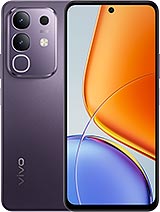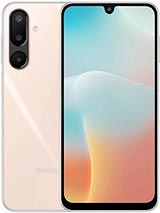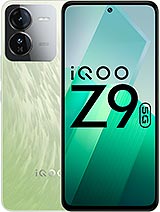Poco M7 Pro alternatives
Tap above to see alternatives.
Redmi 13 alternatives
Tap above to see alternatives.
2x2.5 GHz Cortex-A78
6x2.0 GHz Cortex-A55
2x2.2 GHz Cortex-A78
6x2.0 GHz Cortex-A55
8GB 256GB (UFS 2.2)
8GB 128GB (UFS 2.2)
8GB 256GB (UFS 2.2)
f/1.5, 26mm (wide), 1/1.95", 0.8µm, PDAF, OIS
2 MP
f/2.4, (depth)
f/1.8, (wide), 0.64µm, PDAF
2 MP
(depth)
f/2.2, (wide), 1/4.0", 0.7µm
f/2.5, (wide)
SIM1: Nano, SIM2: Nano
SIM1: Nano, SIM2: Nano (Hybrid)
FDD: N1, N3, N5, N8, N28
TDD: N40, N78
FDD: N1, N3, N5, N8, N28
TDD: N40, N78
FDD: N1, N3, N5, N8, N28
TDD: N40, N78
FDD: N1, N3, N5, N8, N28
TDD: N40, N78
In this comparison, the Poco M7 Pro with the Mediatek Dimensity 7025 (6nm) performs better than the Redmi 13 with the Qualcomm Snapdragon 4 Gen 2 AE (4nm), thanks to its more efficient chipset.
They offer the same OS update support. When it comes to security updates, Poco M7 Pro leads with 4 years of support.
Poco M7 Pro has a superior AMOLED display, while Redmi 13 uses an LCD panel. They have the same 120 Hz refresh rate. Poco M7 Pro also has a brighter display with 2100 nits, improving outdoor visibility. These phones have the same resolution.
Poco M7 Pro has a larger 5110 mAh battery for longer usage. Poco M7 Pro supports faster wired charging at 45W.
Poco M7 Pro offers better water and dust resistance with an IP64 rating.











